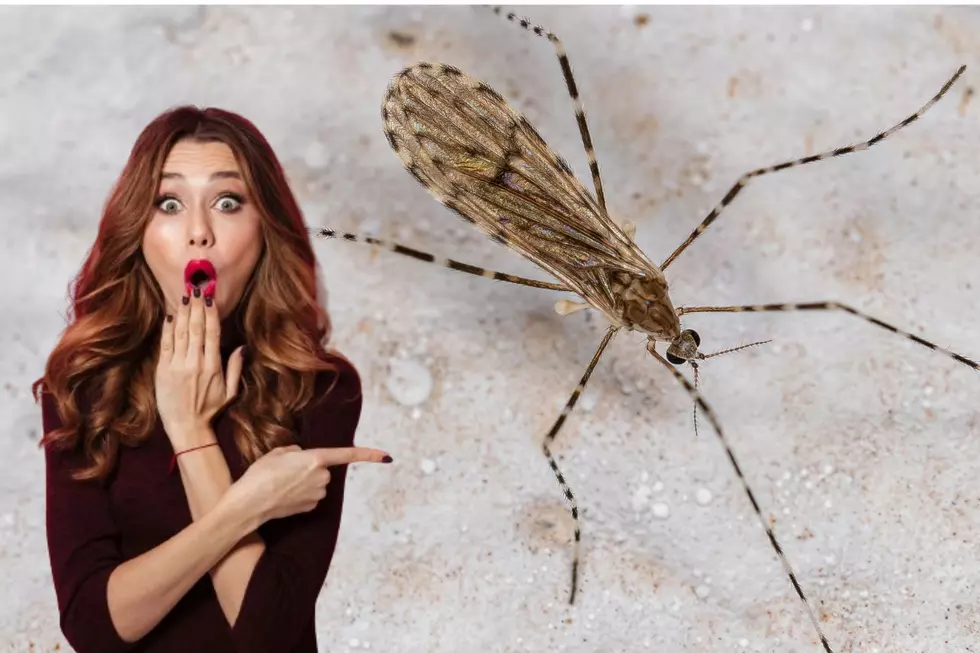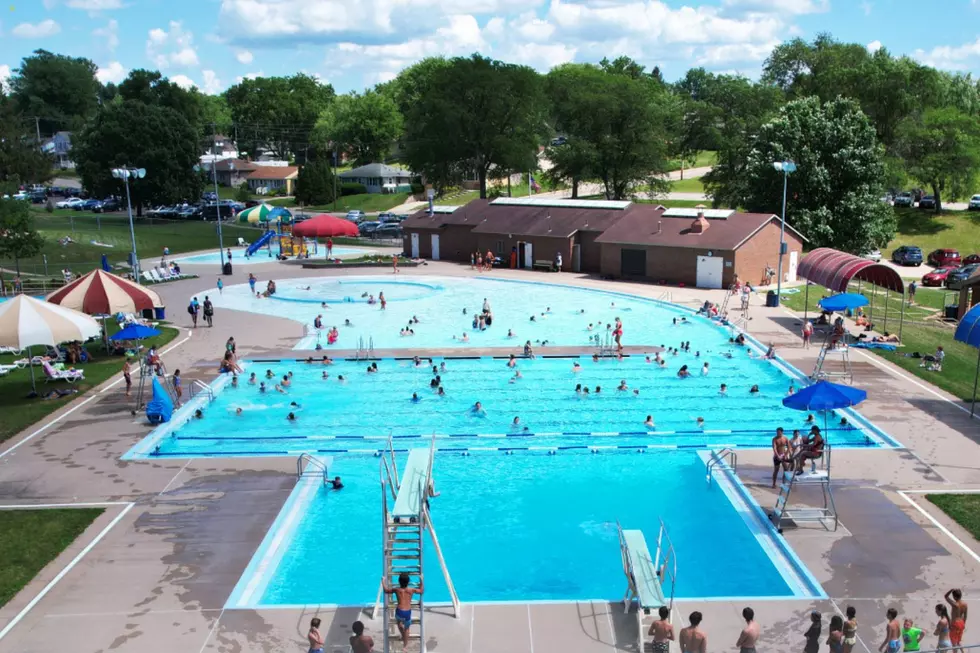
Approaching Snowstorm Will Make For Difficult Travel Across Iowa
According to our partners at KWWL winter weather alerts are in effect this afternoon and will last through the Thursday morning commute. Which means winter driving precautions should be in place for travelers.
This Afternoon a winter storm will approach from the south, making it to I-80 after 3pm. It will proceed to Highway 20 after 5pm; and the northern Iowa border around 8pm. Precipitation will begin as rain for areas south of Highway 20. Northern areas can expect snow from the very beginning. Highs this afternoon will be in the 30's with breezy northeast winds that could gust up to 30 miles per hour. Roadways will be wet, with the potentially for a slick evening commute due to blowing snow/drifting concerns.

As the temperatures continue to drop overnight, areas northwest along a line from Dubuque to Williamsburg will change over to fully snow. Areas to the southeast of this line may see freezing rain. This wintery-mix will cause a glaze of ice on area roadways.
The bulk snow fall is expected overnight. Heaviest totals could be around 5 to 8 inches in the northwest. A trace to 3 inches seems most likely in the southeast. However, winds will not let up overnight, streaming in from the northeast at around 10 to 20 mph. This will cause reduced visibility. In addition, the blowing and drifting snow will cause slippery surfaces and difficult traveling conditions.
By Thursday morning the commute will be slow; most likely there will be some delays and cancellations. According the KWWL, scattered light snow showers will most likely remain through the morning before tapering off during the afternoon. Breezy northwest winds will continue to gust up to 30 mph with highs in the upper 20's in the north to upper 30's in the south.
After we get through Thursday, the rest of the Week should be much quieter. Winds wil let up, but skies remain mostly to completely cloudy. Overnight lows from that point forward look to be in the teens with highs only reaching the 20s.




